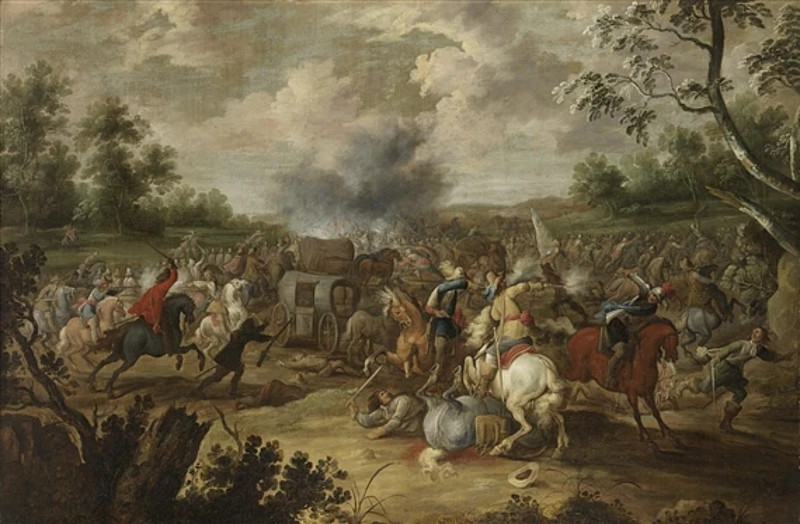In premodern Europe, outlaws easily crossed the borders and escaped justice. By entering a foreign jurisdiction, they evaded the action of local judges and, at the same time, exposed the powerlessness of political authorities outside state borders. In reaction to this form of mobility, Italian and European rulers developed ante litteram extradition treaties. These provided for the mutual exchange of those bandits who had crossed the borders and the prohibition to shelter outlaws.
Extradition agreements had a long tradition, as the early ones dated back to the Middle Ages and aimed at apprehending rebels and traitors. But studying late medieval and early modern extradition agreements, which focused on the mobility of bandit gangs, can bring new light to the process of borders formation, perception and control. In particular, northern and central Italy is a privileged field to study this process, as it shares significant problems with modern Europe. The main one is political fragmentation, that created many spaces of immunity for outlaws.
This seminar will discuss the relationship between banditry, borders, and extradition treaties by examining how some Renaissance Italian states negotiated and implemented these agreements. It will answer to the following question: how were borders perceived and why did the solution found to address a problem of supra-local nature fail? Extradition treaties had a comprehensive approach, but the lack of shared political coordination led states not to implement them while demanding respect by others, and to seek compromises through diplomacy.
Time: 13:00 - 14:00 CET
